
The ancient sources say that history of Turkmenistan appeared during the early paleolith. The numerous stone tools found there are related to that period. The remnants of the settlements of hunters and fishers are related to neolith: the most known of them are Dzhebel grottos in the eastern Caspian Sea coast.
The southern Turkmenistan is the place of the earliest agriculture and cattle husbandry in Central Asia. Dzheitun village found near Ashgabat is the most ancient agricultural settlement (6,000 BC).
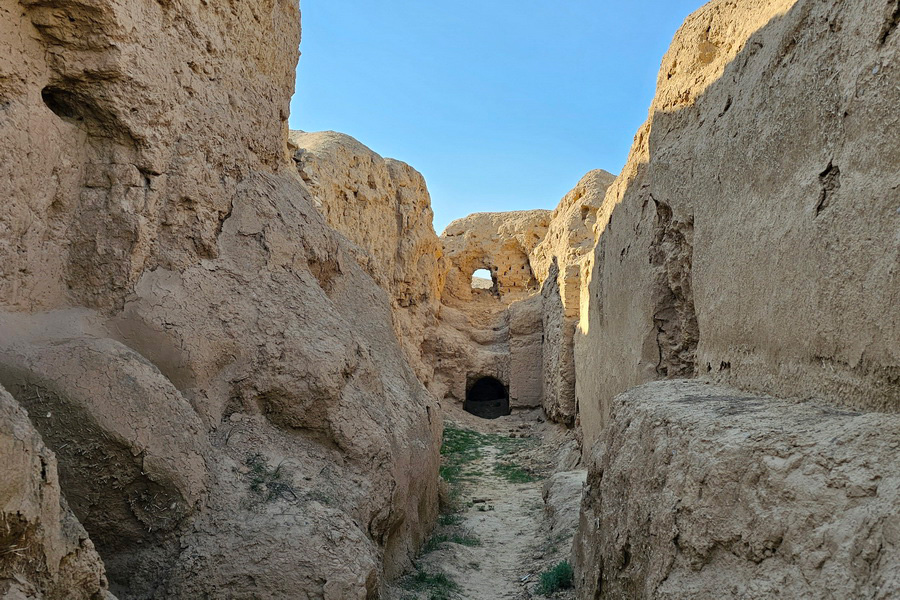
… Ancient civilizations developed and prospered on the territory of modern Turkmenistan. In 1,000 BC the states of Margiana, Parthia, Midia existed there. They were conquered by Persians in the 6th century BC and were a part of Persian Empire (Akhmenid Dynasty) which was in turn conquered by Alexander the Great in the 4th century BC. After Alexander's empire collapse the territories were possessed by his heirs - Seleucid Dunasty.
… In the 7th -8th centuries the territory of Turkmenistan was taken by Arabs who introduced Islam. In the 9th - 10th centuries Turkmen lands was a part of Takhirid, Samanid states, in the 11th - 13th centuries it was a part of Seljuk empire. In the 13th century the country was conquered by Mongolian armies led by Genghis Khan who annexed the territory of Turkmenistan to his great empire.
The Great Silk Way which was in a way a symbol of cultural integration of the West and Orient used to cross the territory of modern Turkmenistan. A trading caravan started in Siani then followed across the entire Central Asia and India up to shores of the Black and Mediterranean Seas.
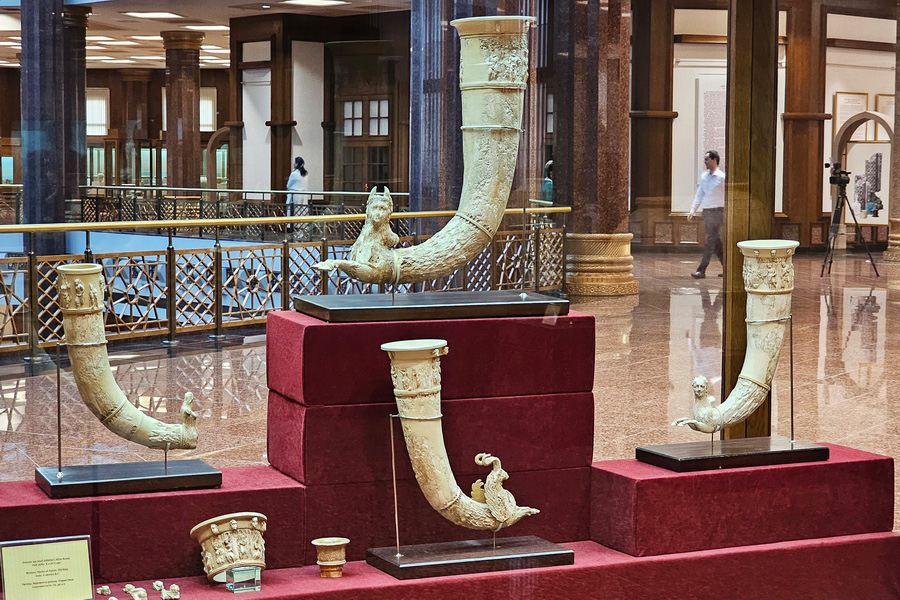
By the beginning of the 16th century the northern Turkmen nations spread all over the east coast of the Caspian Sea, the Mangyshlak Peninsula, Ustyurt and Balkhany, northwest suburbs of Khorezm oasis, Lake Sarykamysh shores and the Kara Kum Desert. They took in possession the lands and oases of South Turkmenistan. During that period the majority of Turkmen nations were semi-nomadic combining agriculture on irrigated lands with cattle breeding. There were both cattlemen and farmers in each clan. Agriculture was a prerogative of poorer clan members.
In the 17th-19th centuries the territory of Turkmenistan was a subject of controversy among the Persian shah, Khiva khan and Bukhara emir. As a result Turkmen nations were divided among those three states (Iran, Khiva and Bukhara).
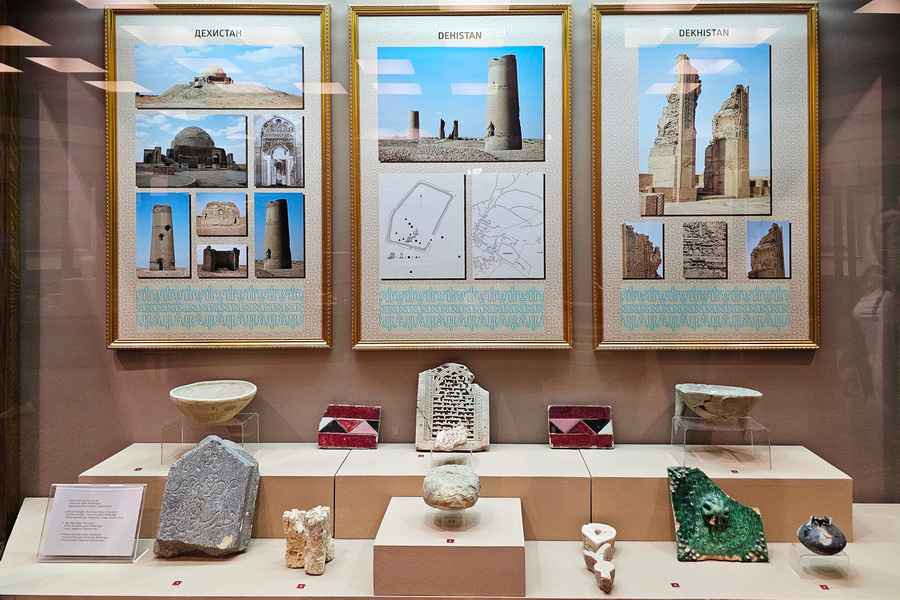
The most part of the territory of Turkmenistan was owned by Iranian shah Nadir. He suppressed Turkmen resistance severely by killing, enslaving, confiscating cattle and property. In 1747 Nadir shah was killed, his state collapsed and Turkmen tribes which had temporarily left to the north came back to South Turkmenistan.
During the same period Lake Sarykamysh, on the shores of which Turkmen tribes lived, started to dry up gradually. So they were forced to move south to the Kopet Dagh area and therefrom southeast to the valleys of the Murghab and the Amu Darya. From the beginning of the 17th century the nomads' camps of northern Turkmen and the city of Khoresm were subject to impudent attacks of the Kalmyks who had come from the east in search of unoccupied lands.
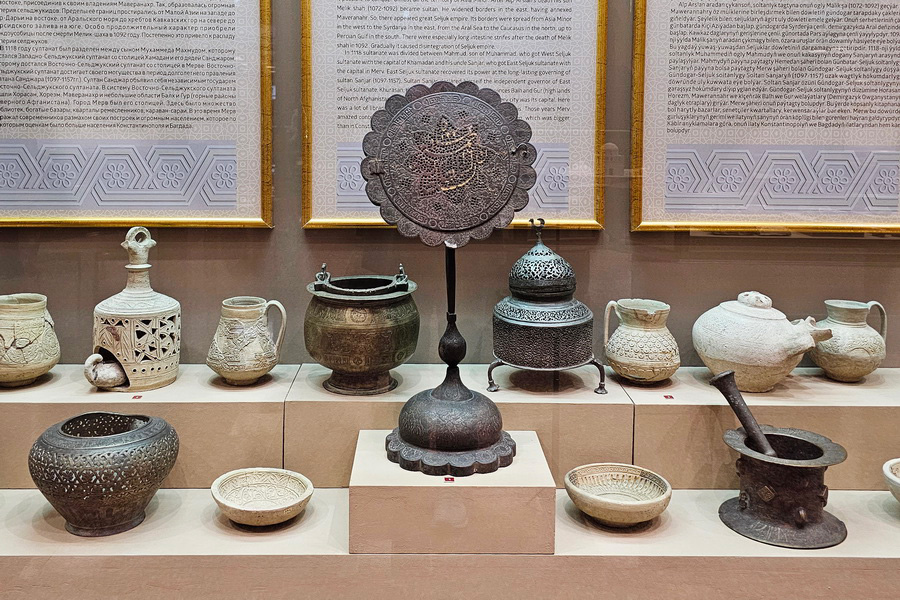
In the end of the 17th century some Turkmen tribes exhausted by the attacks of Kalmyks and warriors of Khiva khan took out Russian citizenship and moved to the Northern Caucasus. Before entering the Russian Empire the Turkmen had occupied the entire territory of today's Turkmenistan as well as some areas of modern Iran and Afghanistan. Some of them lived in Ustyurt and Mangyshlak together with the Kazakh nomads. Like in the late Middle Ages Turkmen consisted of numerous tribes which in their turn were subject to multistage subdivision system. The largest tribes were tekes, yomuts, ersaris, saryks, salyrys, goklens, chovdurs. Up to the 1880s patriarchal slavery had existed. All Turkmens were divided into "thoroughbreds", slaves and concubines. Except for these basic categories there were also arrivals from other tribes and descendants of subdued Iranian-speaking population. All those social categories except for "thoroughbreds" were not considered as valued members of a society.
In 1869 on the east coast of the Caspian Sea the Russians founded the port of Krasnovodsk, and by the middle of 1880 the territory of the country became a part of the Russian Empire which had suppressed the Turkmen revolt in 1881 when the notorious Turkmen Geok-Tele fortress surrendered.

As a part of the Russian Empire Turkmenistan began to be involved in the Russian capitalism economic system which was more progressive in comparison with archaic social order of Turkmen tribes.
In 1880-1885 Trans-Caspian Railway was built on the territory of Turkmenistan which resulted in capital inflow to Central Asia. A number of new cities such as Krasnovodsk, Ashkhabad etc. emerged on the territory of Turkmenistan along with industrial enterprises. Thus, before the revolution of 1917 the elements of capitalism started to appear within the patriarchal - feudal system. After the revolution the Soviet power was officially proclaimed first in the trans-Caspian area and then and in the other cities and settlements of Turkmenistan.
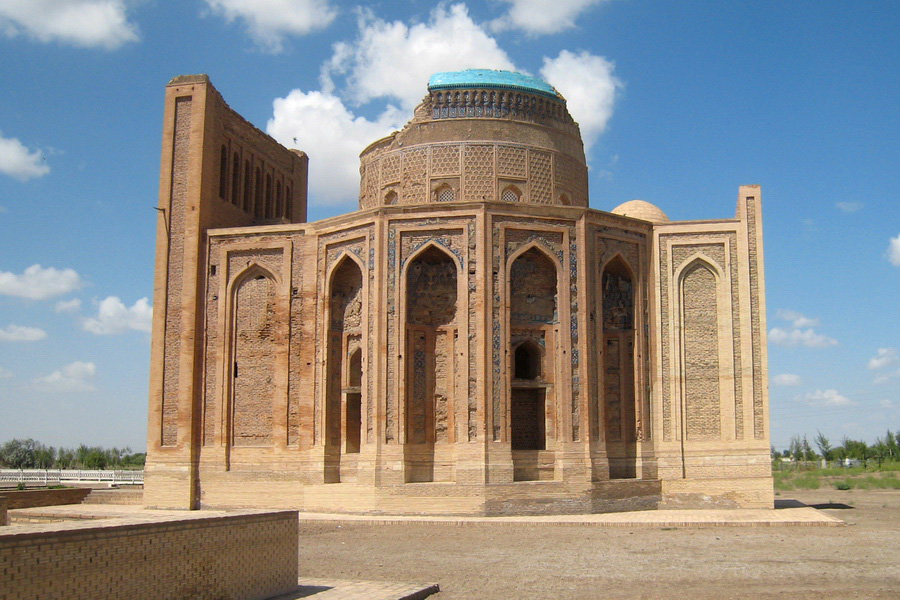
On April 30th, 1918 by the decree of the fifth Congress Turkmenistan Soviets the Turkestani Independent Soviet Socialist Republic was established (within the structure of the RSFSR). The basic part of the territory of Turkmenistan was included into it (trans-Caspian area).
In July 1918 the Socialist revolutionaries and Mensheviks supported by Englishmen assumed power. The English armies invaded the area. The Civil war and foreign intervention lasted for about one and a half years. In July 1919 the Red Army occupied Ashkhabad, and in February 1920 - Krasnovodsk. The English armies were ousted from Turkestan.
On October 27th, 1924 the Turkmen SSR was established. In February 1925 the Declaration on establishment of Turkmen SSR and the decision on its voluntary joining the structure of the USSR were adopted.
During the post-war years Turkmenistan suffered a terrible disaster. In 1948 a destructive earthquake took place in Ashkgabat. Nevertheless, thanks to the efforts of all union republics the people managed to restore and modernize the national economy of the republic and successfully create own oil-and-gas complex as well as build the Kara Kum canal.
Contemporary history of Turkmenistan started in 1990 after disintegration of the USSR. On October 27th, 1991 Turkmenistan declared its independence and proclaimed the First President of Turkmenistan - Saparmurat Niyazov (Turkmenbashi). The president is the Supreme commander in chief of the Armed forces of Turkmenistan and the Chairman of Democratic Party of Turkmenistan. He has the right to appoints ambassadors and high-ranking officials of the executive authority including heads of the ministries and departments.

The most significant milestones in the modern history of Turkmen people are the Day of independence of Turkmenistan (October 27th, 1991), the day of the Constitution of Turkmenistan (May 18th, 1992) and the day of signing of the Resolution of General Assembly of the United Nations on "the permanent neutrality of Turkmenistan" (December 12th, 1995). The most significant event of 2001 was the creation of "Rukhname" - the spiritual, ethical and aesthetic code of Turkmenistan written by Saparmurat Turkmenbashi.
Formation of Turkmen nationality
The ethnic structure of the ancient population of Turkmenistan was not uniform. In ancient times cattlemen dakhs and massagets wandered its territory. In the Middle Ages there came the Oghuz - Turkic speaking tribes who played and important role in formation of the Turkmen and their language. In the 9th -11th centuries the territory was subject to Seljuk attacks.
Presumably in the 9th - 11th centuries the part of Turkic speaking population living in steppe started to call themselves Turkmen. They settled in the agricultural areas and their cultural was closely connected with Iranian speaking population of Khoresm and Khurasan.
It was only in the 14th-15th centuries that Turkmen nationality was finally developed. By that time the merge of settled the oguz steppe tribes with settled Iranian speaking population of northern Khurasan was completed.

